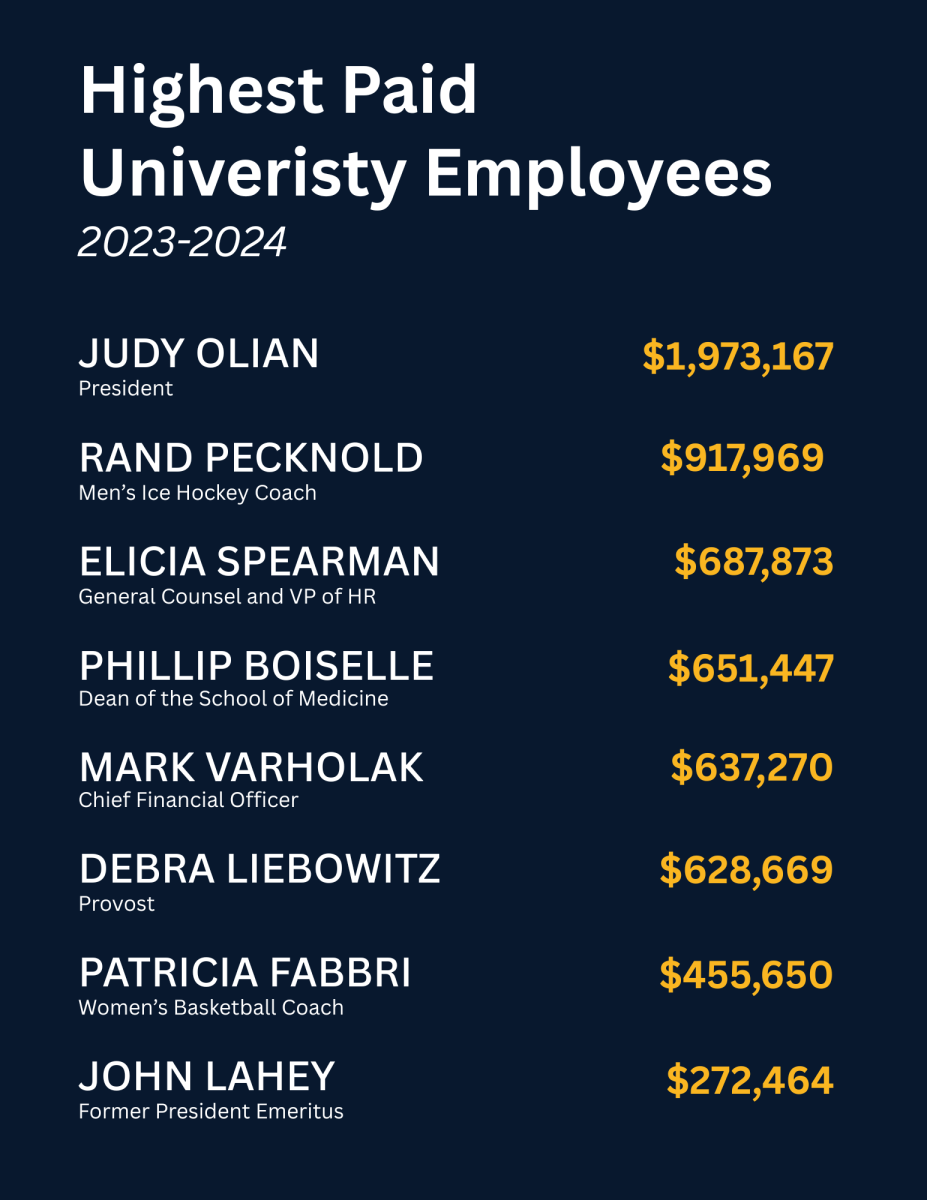Quinnipiac University began the switch from Blackboard, its previous learning management system (LMS), to Canvas, over the summer of the 2025-26 academic year. This decision was first announced in January of 2025.
However this switch has only been part way, with some of Quinnipiac’s schools still using Blackboard. This inconsistency has resulted in some classes being on Canvas and some still on Blackboard, impacting professors and students.
While some have found the switch to be a challenge, many began to favor Canvas. Antoaneta Vanc, public relations and public diplomacy program advisor, has been working with Blackboard since they began working at Quinnipiac in 2009.
“It’s been a positive change,” Vanc said. “Canvas is easier to navigate, so organizing class materials and communicating with students feels straightforward”
Justin Kile, professor of industrial engineering, echoed Vanc’s sentiment.
“Overall, I see Canvas as being a better platform for both students and faculty,” Kile said.
Many professors find Canvas’ additional features useful.
“I think Canvas, when it comes down to it, has a little bit more to offer,” Katie Place, professor of public relations said. “It provides more tools and organizational features that are going to benefit us.”
Kile agreed with this sentiment.
“The interface from the faculty side seems more intuitive and less time consuming,” Kile said.
Some of these features include a student’s view, allowing professors to see what students see. Additionally, the “modules” feature has helped professors remain organized. “It’s kind of like a one stop shop each week,” Place said.
Unlike Blackboard, Canvas is fully compatible with mobile devices, supporting its own mobile app.
Michael Vieth, senior teaching instructor in the department of biological sciences, said, “It is the little things that I do not think about… but it has made the cognitive load a little lighter.”
One aspect of the change that has impacted both students and faculty is the learning curve Canvas presents. Many professors have been using Blackboard for their entire career at Quinnipiac.
The main difference between the systems is the new terminology and layout of Canvas, with the buttons being in different locations than Blackboard.
“The switch to Canvas impacted my summer, and it took quite a lot of time… to learn about Canvas and how Canvas is structured and how to create the modules and how to even transfer your course content from Blackboard over to Canvas,” Place said. “So it was a little bit more complex than I thought.”
While professors have welcomed the switch, some students have found it frustrating.
Wilson Chen, second-year computer science major, believes that Canvas is “ just another Blackboard copy.”
“Truth be told, I kind of liked Blackboard better. It’s not that Canvas isn’t good. It’s just that I was used to everything being on Blackboard and being able to go to one spot and seeing all of my grades, and now I can’t do that anymore because it’s split between two different websites,” Patrick Hawkins, third-year elementary education major said.
With the inconsistencies between courses being on Blackboard and Canvas, students are confused by the university’s decision. “It feels kind of rushed, and like considering that a bunch of classes that were supposed to be migrated to Canvas this year haven’t, I feel like it’s kind of a sloppy move on the university’s part,” Chen said.
Vieth is also one of the faculty that worked on comparing the systems. “The soft rollout makes sense, but that leaves summer 2026 for all faculty to have to move over to Canvas,” he said. “I think it is wrong that first-year students have to learn both systems, just for Blackboard to go away.”








